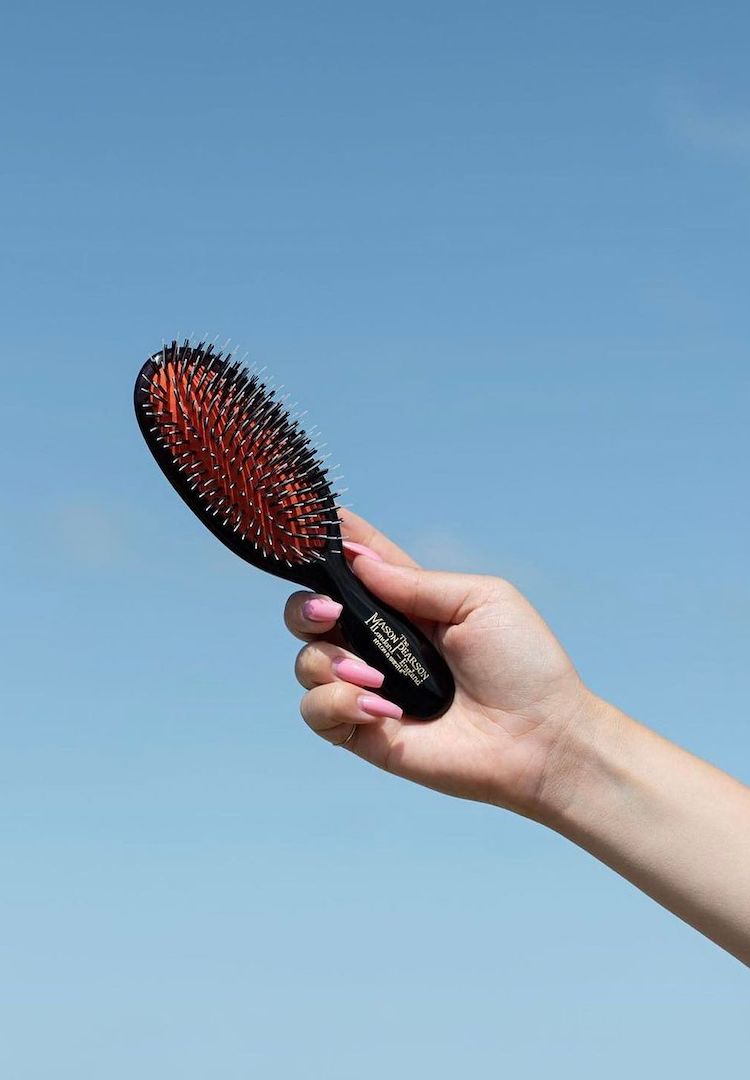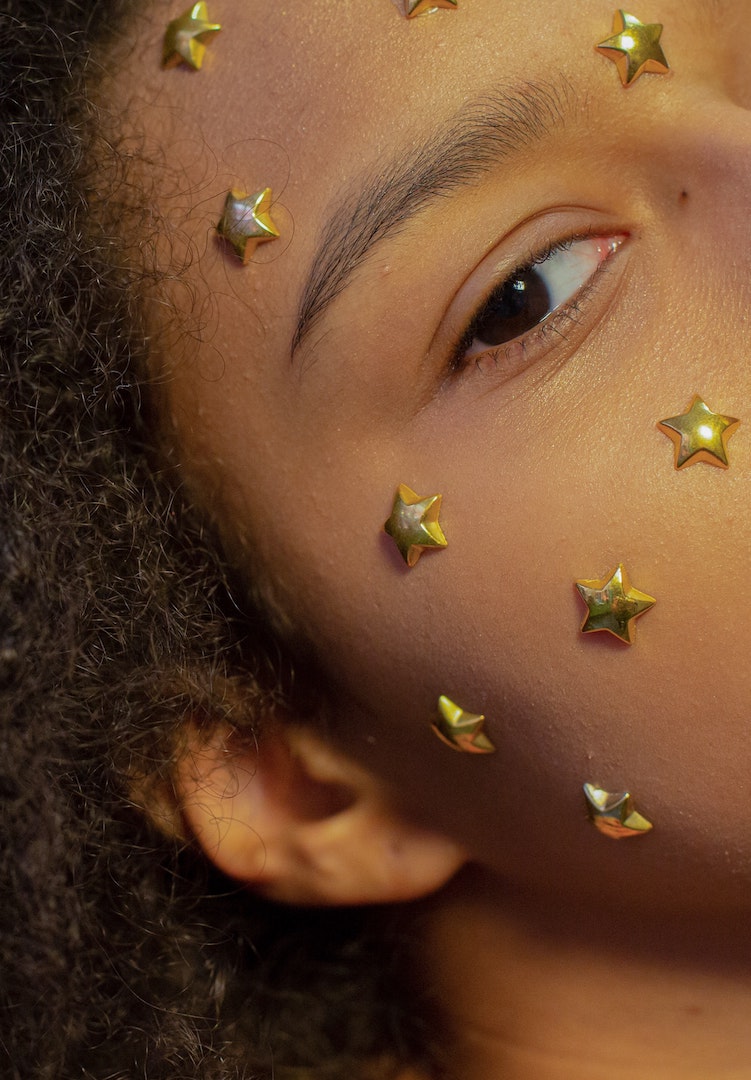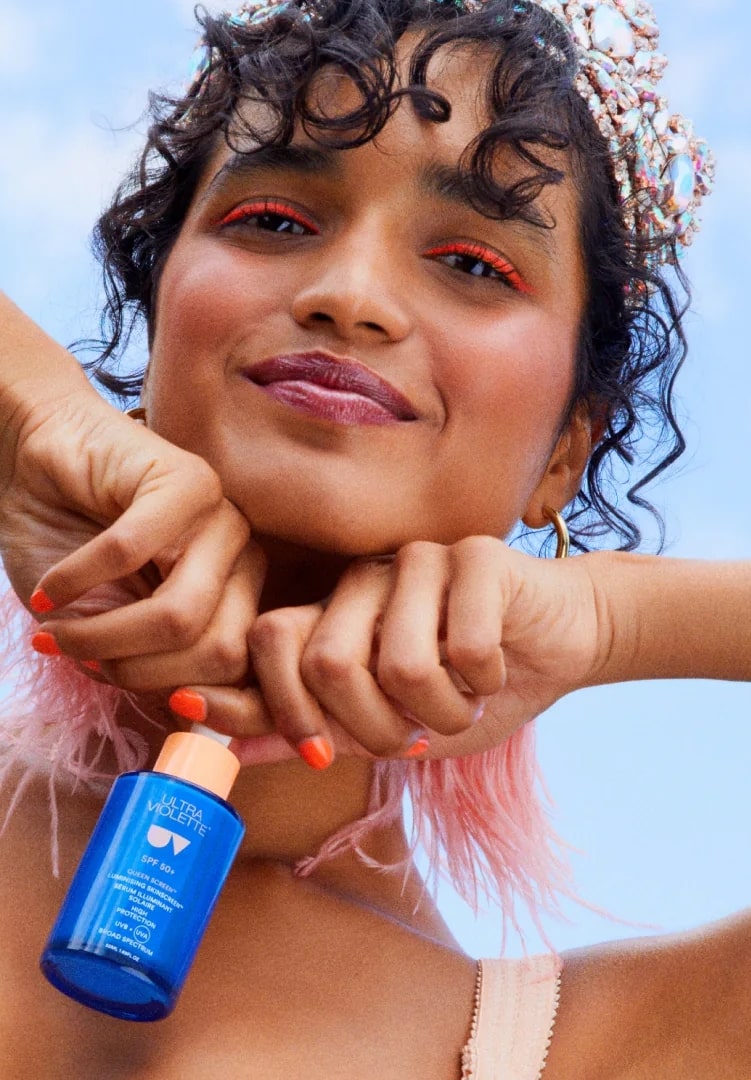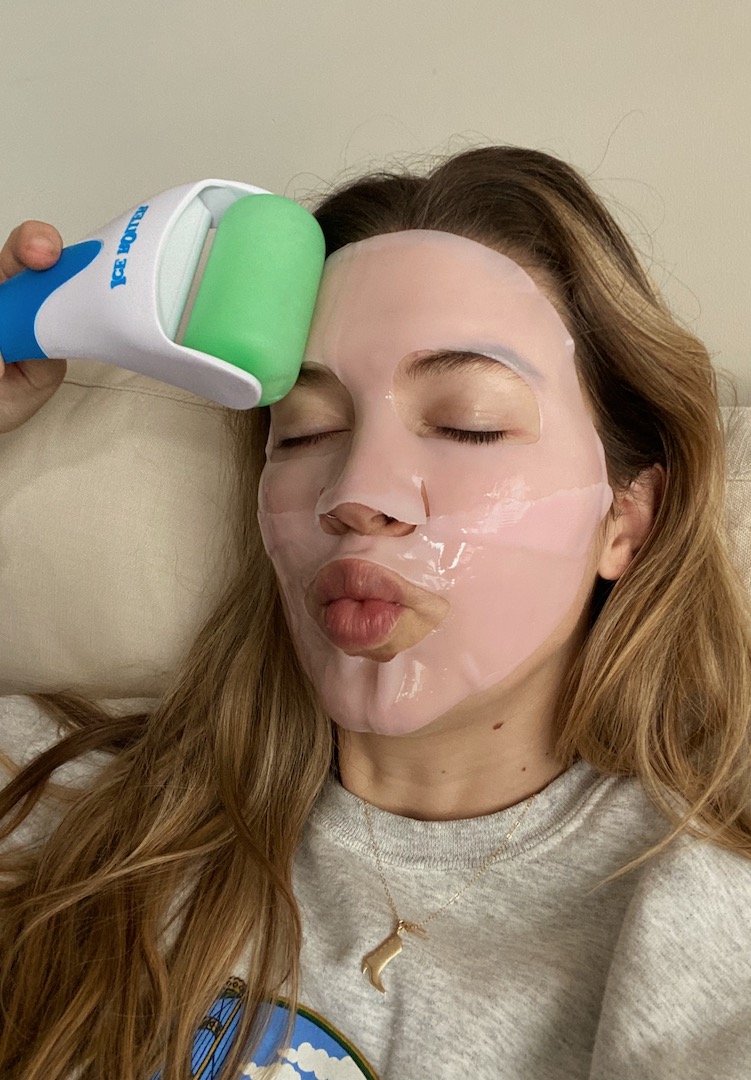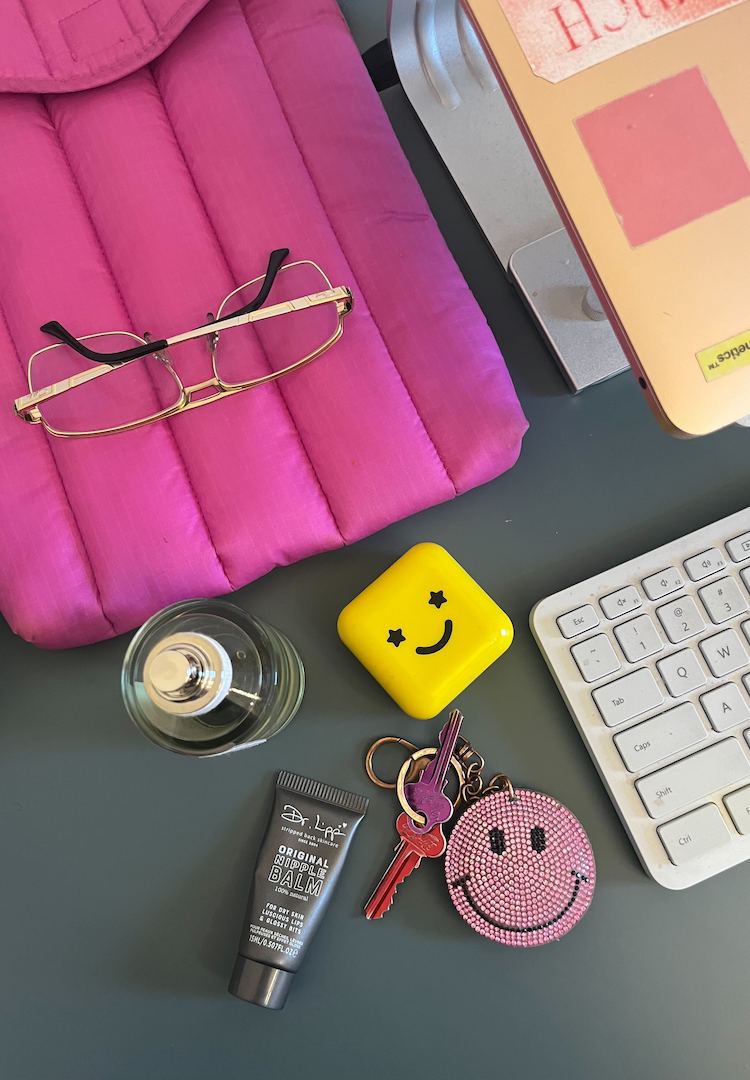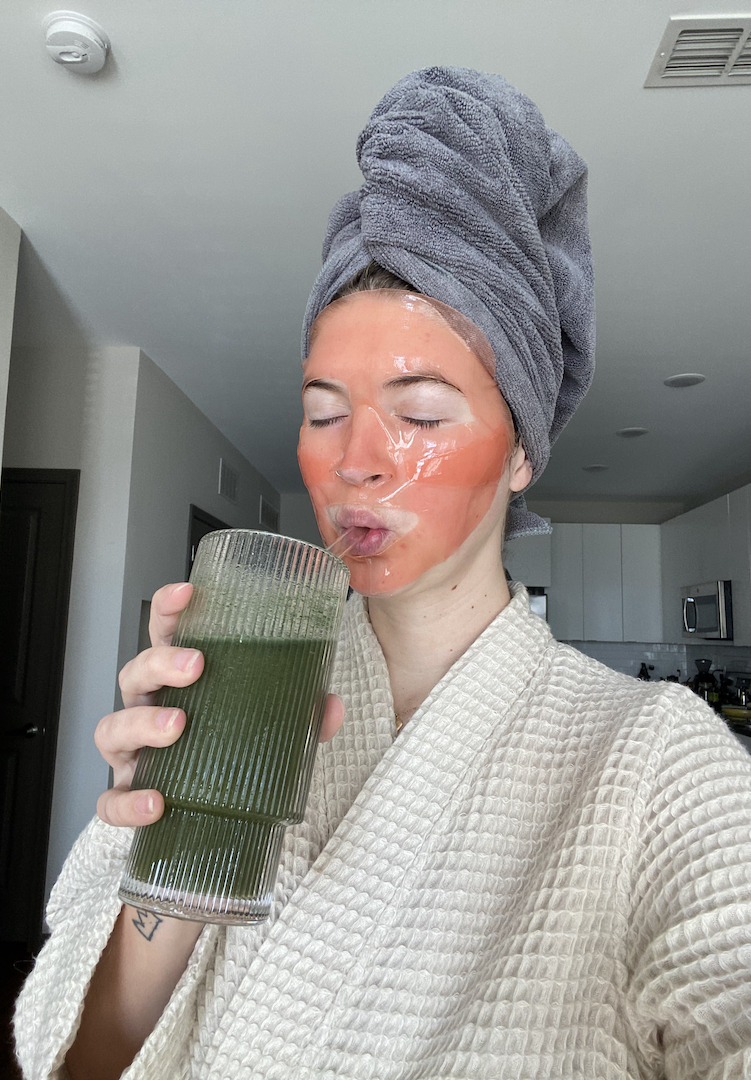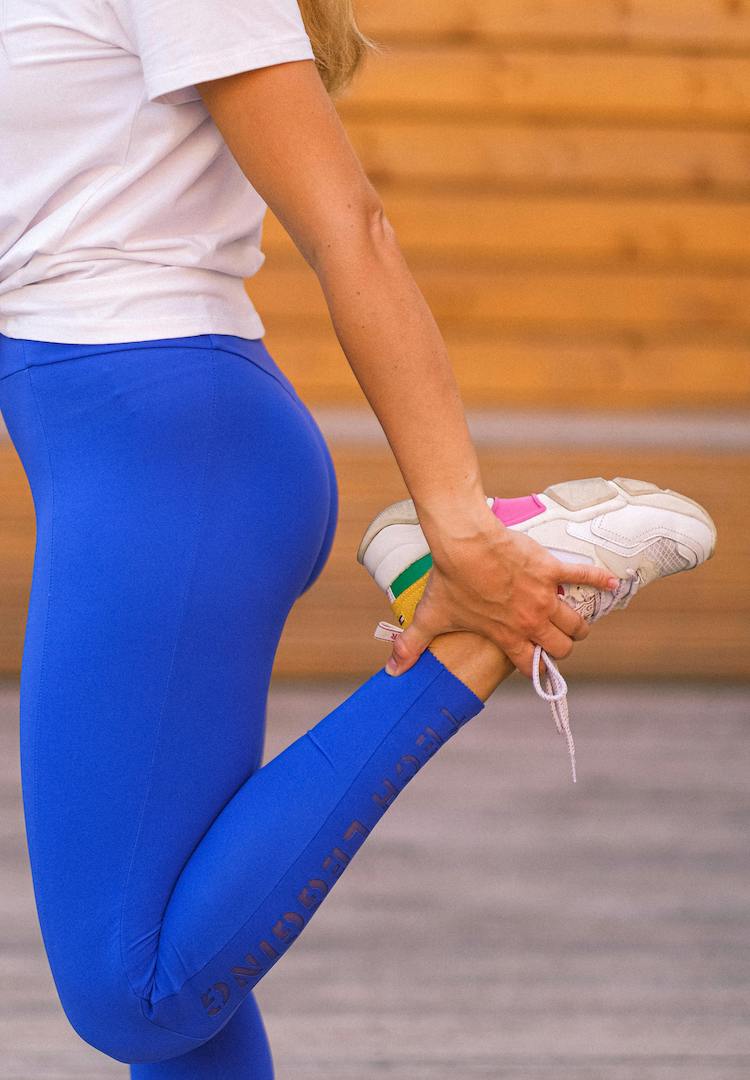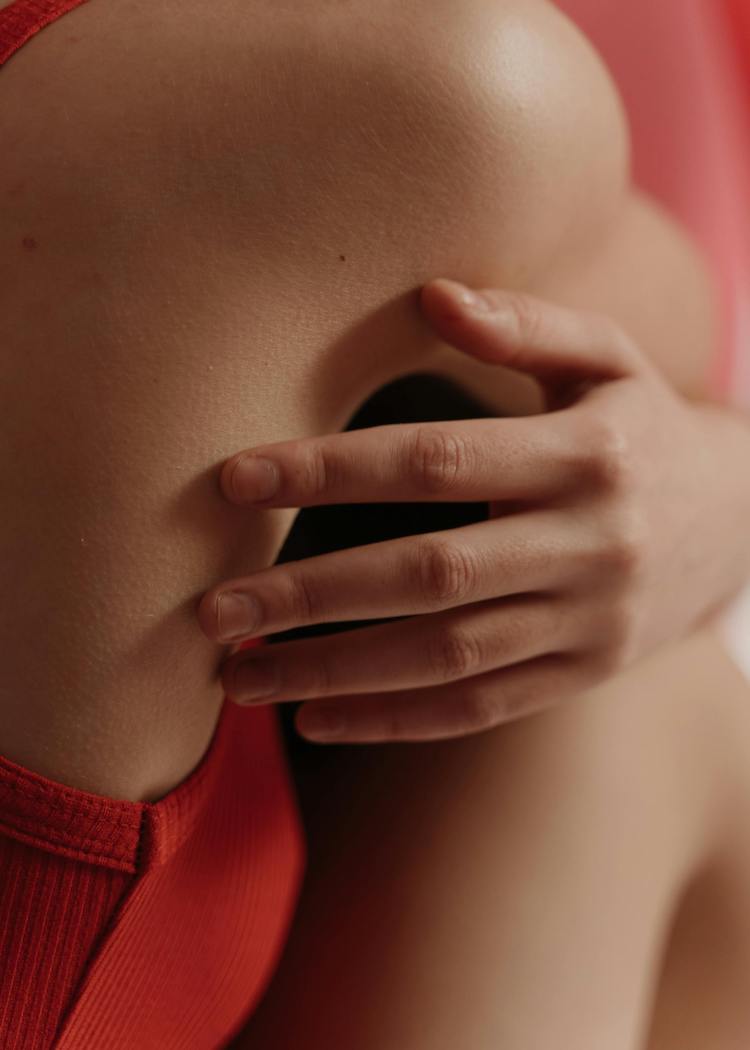A cosmetic nurse explains what to expect when getting Botox for the first time
WORDS BY GENEVIEVE PHELAN
My burning injectables questions answered.
I just clocked 25 laps around the sun and feel very privileged to experience the gift of ageing gracefully. That recent viral TikTok filter aside, the prospect of getting older is something that excites me. I will admit, however, that I occasionally contemplate the idea of cosmetic injections somewhere down the line.
If I can financially sustain this lifestyle choice and I desire the intended effect of it enough one day, I just might investigate the process more. But until that yearning is there and I can make an informed decision, I’m holding tight.
Want to be in the loop with the latest beauty secrets? Head to our Beauty section for more.
I still have so many questions on the Botox front and want to feel incredibly educated about the entire concept before getting it myself one day. Luckily for me (and you), a highly-experienced expert in the injectables space recently hosted a launch event that I attended. Alex Pike is the founder of Face by Alex Pike and Inside Out Beauty.
She’s a trusted registered cosmetic nurse with over 18 years of experience and was voted Australia’s Favourite Injector in 2018 by Plastic Surgery Hub. For anyone totally oblivious (like me) to the actual goings-on of cosmetic injections (from where it can go to if there’s any aftercare), Alex has shared her knowledge and given us a condensed crash course on all things Botox.
What do I need to prepare before a Botox treatment, if anything?
The most exciting thing about undergoing the world’s most frequently performed cosmetic procedure is that very little preparation is actually required. In fact, the most important preparation involves choosing the right provider. Knowing who to go to in order to ensure great outcomes is all that is really needed to increase the high likelihood of aesthetic success and your overall satisfaction.
Where can I get Botox in my face and what is it meant to do in each area?
Neuromodulators in the face can be injected into several different muscle groups. At the end of the day, we are trying to erase and possibly even prevent creases and wrinkles. The most common areas and what they do are:
Forehead: Injecting the frontalis muscle group in the forehead helps alleviate the horizontal creases that result from years of raising the eyebrows.
Glabella (between the eyebrows): Injecting in this region helps get rid of the ‘11s’ as they have come to be known, or a single, deep crease. Constantly engaging this muscle group by having an intense or angry look of bringing the eyebrows together is what creates this crease. Neuromodulators can help treat this area and prevent the crease from getting deeper.
Crow’s feet: These lines are also known medically as lateral canthal lines and they result from squinting and a lot of smiling. Treating this area, which is on the sides of the eyes, is safe and effective at smoothening this area out.
Bunny lines: Treating the sides of the nose helps slightly relax and lengthen the nose, but more importantly, it keeps the nose from scrunching too much when making certain facial expressions.
Masseter: This muscle group is very important for both cosmetic and therapeutic outcomes. On the cosmetic side, one can slim down the jaw, which is very popular in specific ethnic groups, along with other individuals hoping to create a slightly more elongated or oval face. From a therapeutic perspective, one can decrease teeth grinding and pain associated with temporomandibular joint disorder.
Platysma: Treating the neck bands is popular to help decrease the look of tension bands and cords in the neck.
How much will it set me back?
Frown lines can start from around $290 and multiple areas can be around $600 to $700.
How do the dosages work?
There are several different approved neuromodulators in Australia and globally. Botox happens to be the first one that was ever approved and the world’s most frequently used neuromodulator. Dosages can vary and this is where expertise matters. Too little of a dose, and there is very little effect or duration. Too much of a dose and the face is frozen and could be left that way for several months.
How bad will the pain be, and does it depend on where it’s being injected into?
There is minimal-to-no pain when getting neuromodulator injections. In my clinic, I employ several measures to help decrease the minor discomfort of a needle that you wouldn’t be able to likely draw blood through because of how small it is.
Again, good injection techniques from experienced hands paired with basic measures like topical numbing cream or ice or mild vibration make this a nearly painless procedure.
Tell me about aftercare. What’s the deal?
Aftercare is pretty straightforward. I tell patients not to wear a headband/hat or apply pressure to any of the treated areas for six to 12 hours. Intermittently applying ice will decrease the nearly imperceptible swelling from the treatment and minimise the risk of a bruise. Most patients look like they’ve had nothing done in a matter of 10 to 15 minutes after leaving the clinic, however.
What should I expect in the 24 hours post-treatment?
Expect nothing 24 hours after the treatment. Some of my patients swear that they see an effect immediately in the clinic, but I think that is the excitement and the placebo effect taking place. We know scientifically that it does take a few days for the neuromodulator to have its impact on the muscle group that it was intended to relax. With that said, at the 24-hour mark most patients have minimal changes, however, by three to seven days they have nearly full effect.
How long will Botox last me before needing to book a second session to maintain the results?
My patients want to always look their best and don’t want large gaps in between treatments, so they typically book their next visit when they leave their treatment. Typically, individuals get treated every three to four months. I have some patients that stretch to five to six months, which is totally fine for their lifestyle and desired outcome.
How young do you feel is too young to have a Botox treatment?
This is always a challenging question because individuals age at different rates. I have colleagues that will perform rhinoplasty on patients who are 14 or 15 years old because the patient has skeletal/anatomic and emotional maturity.
I have colleagues that perform eyelid surgery on patients in their twenties because genetically the patients have premature ageing and heavy upper eyelids. With that said, it’s rare that anyone needs neuromodulators before their twenties. I certainly have not injected patients who are teenagers. I think the sweet spot is mid-20s through to full adulthood.
For more on Botox, try this.

